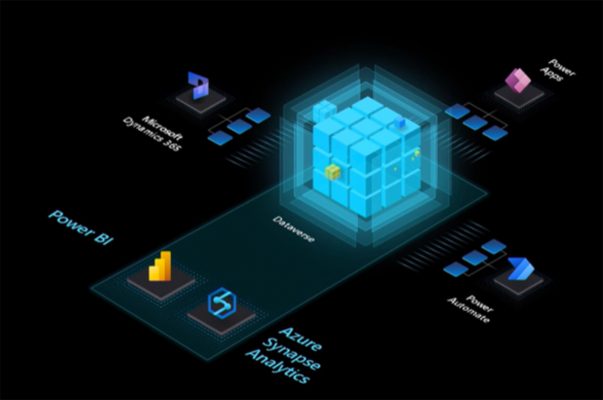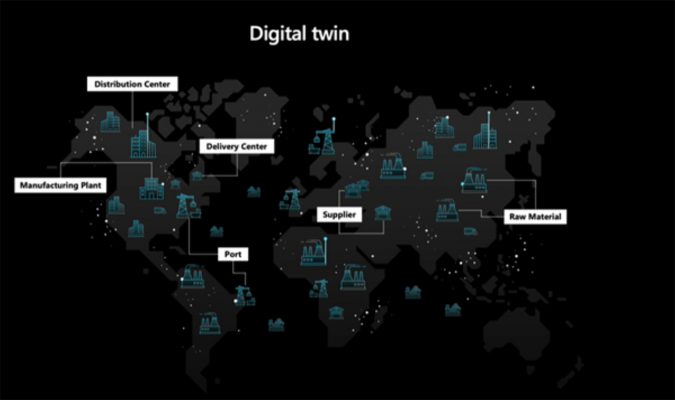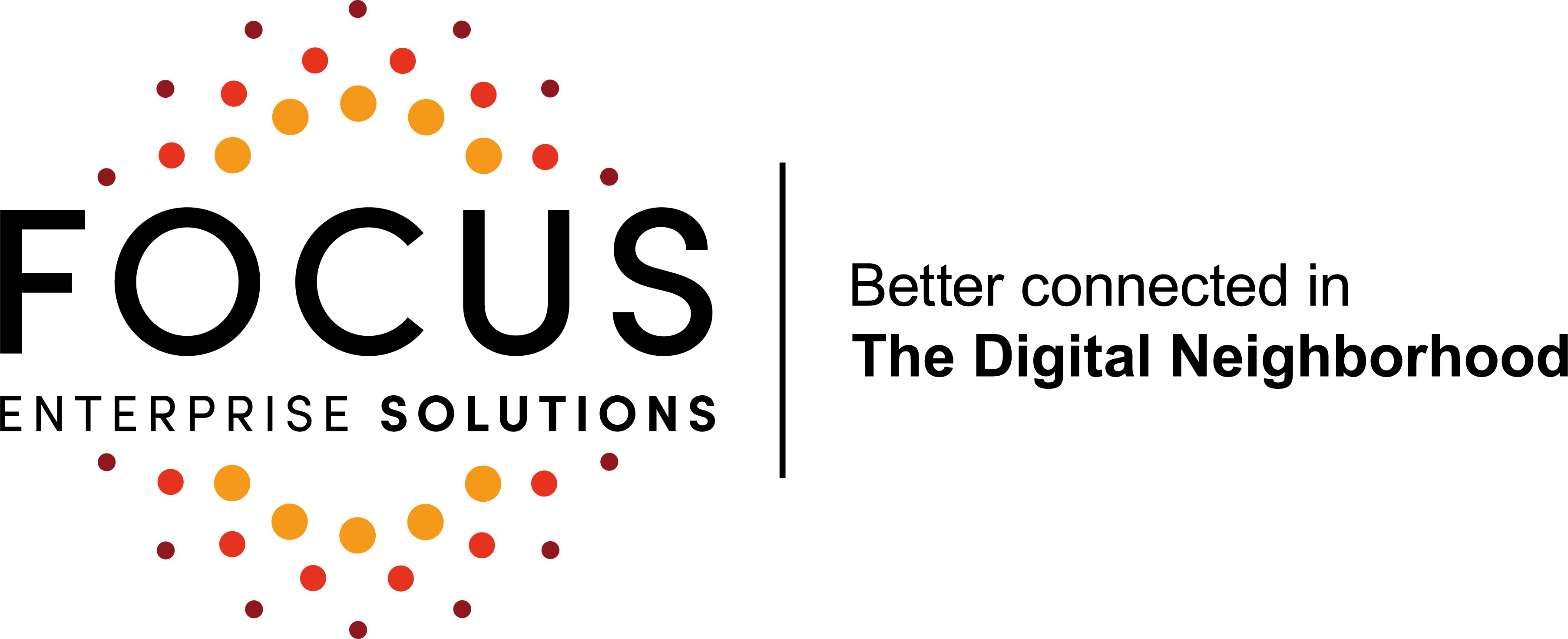Microsoft Ignite: Data as a company’s most strategic asset

An overwhelming theme of Microsoft’s Ignite conference this year was data. The speakers kept emphasising that data is a company’s most strategic asset. Using data is a great way to make customers more predictable, and allow you to become more proactive. Customers now demand more from companies. You, as a customer, want to know where your order is and when it is going to be delivered. If there is a problem with your order, you want to have good customer service. You want to be able to phone someone who can actually give you an answer. By offering good customer service, a company can retain their customers instead of losing them over minor issues.
As a company, you need to maximise your data. Data allows you to make business decisions based on what has happened in the past. If you unravel the data, it tells you the story of what works and what does not. You can figure out how to identify trends and how to predict what people want and when they want it, as well as how to become proactive. Companies collect a large amount of data—especially business data (transaction information, who delivered on time, who delivered with delay, etc.). They gather this data from the shop floor and from the customer service people their customers call when things go wrong. This data helps companies to make better business decisions, such as when to buy products (because the prices are lower during a specific time of the year) and from whom to buy them.
The dataverse
What lies beneath the collaborative applications in the metaverse is what Microsoft calls the dataverse. To make all of the ideas for these collaborative applications actually work, you need a place where all the data is accumulated. In the past, Dynamics 365 Finance, Supply Chain Management and Commerce were simply called Finance and Operations’. Instead, these and Human Resources are now named Unified Operations. The Power Platform works with unified operations. It contains Power BI, Power Apps, Power Automate and Power Virtual Agents. On top of that, customer engagement comprises sales, field service, project service automation and marketing. All these elements are brought together in the dataverse which is essentially a large data warehouse.
Furthermore, you can load all of the gathered data into software that can analyse this information, resulting in suggestions to make better business decisions. It endorses Microsoft’s statement that data is your biggest and most valuable strategic asset. That is why Microsoft recently launched Azure Synapse Analytics. Basically, Azure Synapse Analytics is an analytics engine that makes sense of the data for you. Is a limitless analytics service that brings together data integration, enterprise data warehousing, and big data analytics—thus, it unravels the data for you to a certain extent so you can make sense of it. You can only consume data if you first unravel it. The AI in Azure Synapse Analytics tells you what to do and when based on millions of pieces of data. It helps companies to make better business decisions, including which vendors that the company buys from are good based on their history (delivering on time, without defects, etc.).
Moreover, the analysis gives a company the possibility to react proactively. If, for example, fuel prices are higher than average, most people respond in a similar way. If you, as a business, can react to this with marketing campaigns or come up with alternatives, you can create a sustainable business that consistently delivers. In other words: the dataverse empowers a company by unravelling its data and allowing it to make better business decisions by becoming predictive and proactive. How do you take action now, and how can you react the next time a certain event happens? The data can help you figure this out.
Another new application Microsoft launched is Azure Purview, which is to be used for the security of the dataverse.
Enhancing the customer’s experience
Companies need to think about how to do their work differently. Hybrid work is here to stay. Your workforce is not always going to be in the office at the same time or physically in the same place. You have to figure out how employees can still maximise their productivity and efficiency in a distributed world. Microsoft’s answer to that is the metaverse and collaborative applications, all brought together in Teams.
The data can also classify and profile customers, so you can market other products directly to individual customers. Take, for example, a customer who you know paints their house each year. A month before they typically start this annual task, you can target this customer with information on paint trends, colours, new shades of his/her favourite colour, etc., all based on the data.
Supply Chain Insights
Another whole new product that Microsoft has launched is called Supply Chain Insights. During the pandemic, many customers suffered because their supply chain was disrupted. Ships in China could not sail comout, plants could not produce stock, and there was a shortage of raw materials. Companies could not react to these challenges because they had never before experienced disruption at that level. Another disrupting circumstance is climate change, which has impacts on businesses via hurricanes, periods of dryness and other extreme weather conditions.
How can you respond to that and still keep your business going? Companies used to have different systems regarding their supply chain to gather relevant data.However, Microsoft has built an app called Supply Chain Insights to eliminate the necessity for multiple applications. In this app you can, for example, see that there is a hurricane close to Japan. With this information, a company can expect to have delays from its factory in a month’s time. The Supply Chain Insights app gives an overview of possible alternative sellers from all over the world. Buying instead from Florida or Spain for one month may mean that your business does not need to be disrupted. The data gathered in the Insights application comprises information about traffic, the weather, suppliers, and so on. Companies and their suppliers can use the same template (the ‘industry standard data model’), which can then be shared with business partners. The data are brought together, and in the Supply Chain Insights application, a digital twin of the company’s whole operation is created. The program runs simulations for the company, from which you can mitigate risks, take action, and consider alternatives.
Again, this tool is based on collaborative applications. Hybrid work is here to stay, and data is the most strategic asset of a company, according to Microsoft. It does seem to only be a matter of time before companies use these new and soon-to-be-launched integrations between Dynamics 365 and Microsoft 365 to enable everyone across an organisation to connect, communicate, and collaborate on business tasks and processes efficiently and productively.
 The Dataverse
The Dataverse

Digital twin in Supply Chain Insights
Do you want to know how you can implement the latest developments in your organization? Contact us, we are happy to tell you more about it.
Comments are closed.


